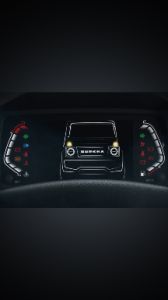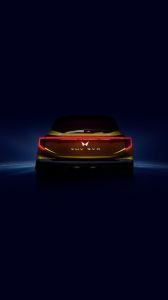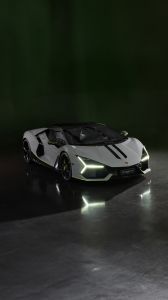 MG Hector Blackstorm Edition Detailed In 8 Pics
MG Hector Blackstorm Edition Detailed In 8 Pics
2017 Hyundai Xcent: Road Test Review
- Apr 23, 2017
- Views : 22470
- 8 min read
The Xcent follows the Grand i10's footsteps and sports a new face and a new diesel heart. Do the updates make a difference?
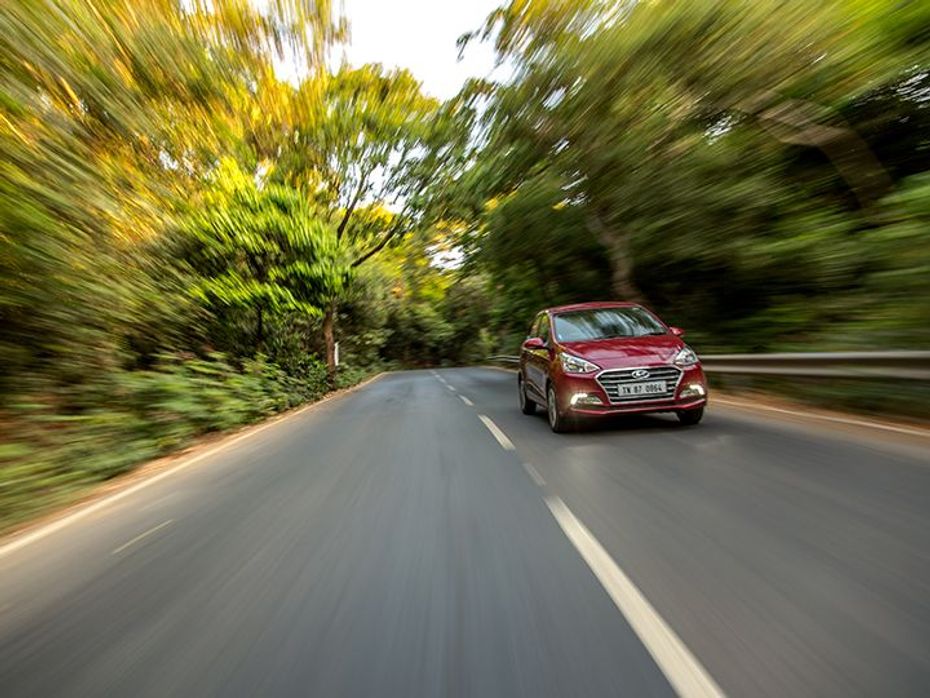
I'm a sucker for the new car smell. So much so, that I've tried ordering bottled new car smell perfume. You can imagine my glee when I got the facelift Xcent with just 1290km on the odo. As I soaked it in, I realised updates to the interior aren't as drastic compared to the rest of the car.
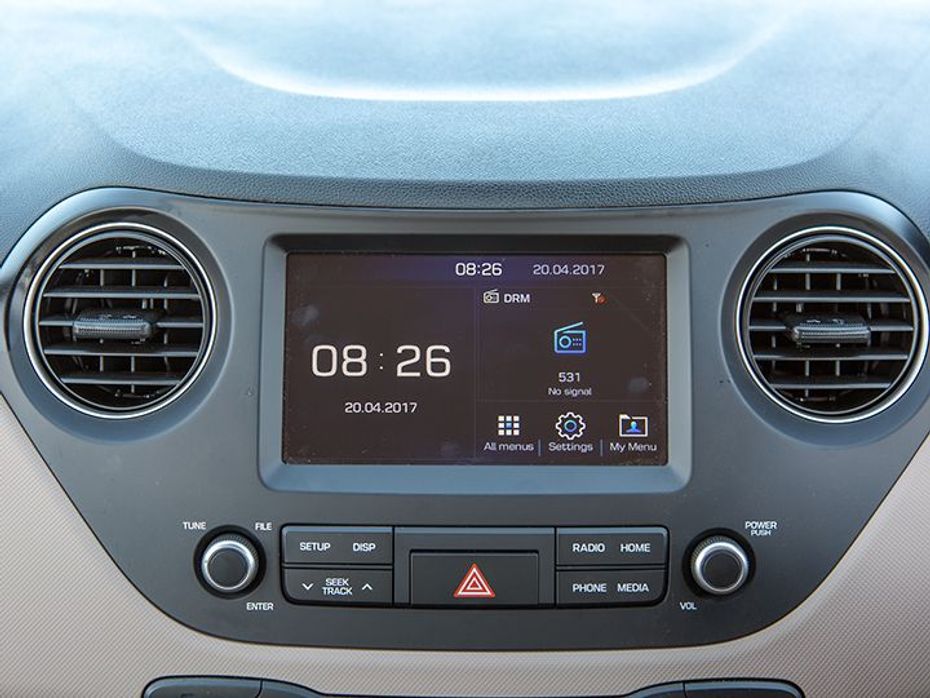
Sure, there's a new 7-inch touchscreen infotainment system on the top-spec SX and SX (O) variants (the mid-spec S and the new E+ variant get the older 2DIN audio system instead). What's more, the system also supports Android Auto, Apple CarPlay and MirrorLink. The interface is easy to get used to, pairing phones is a breeze and the audio quality is at acceptable levels too. The other little addition comes in form of the voice command button on the steering wheel. With a phone connected to the infotainment system, it lets you place calls without taking your hands off the wheel. It's quite well suited to Indian accents, and pretty much gets the job done every single time.

The big screen also serves as a display for the reverse camera. Now, the Xcent always had a reverse camera, but the video feed was relayed to the internal rear view mirror. Which brings me to my next point. The old auto dimming mirror has been ditched in favour of a manual one. There's another cost-cutting measure that wants to quietly slip under the radar. The climate control interface no longer has "Clean Air" written on it. Hyundai has gotten rid of the cluster ioniser that ensures the vents blow purified air into the cabin. But, that's where my grouse with the interiors end.
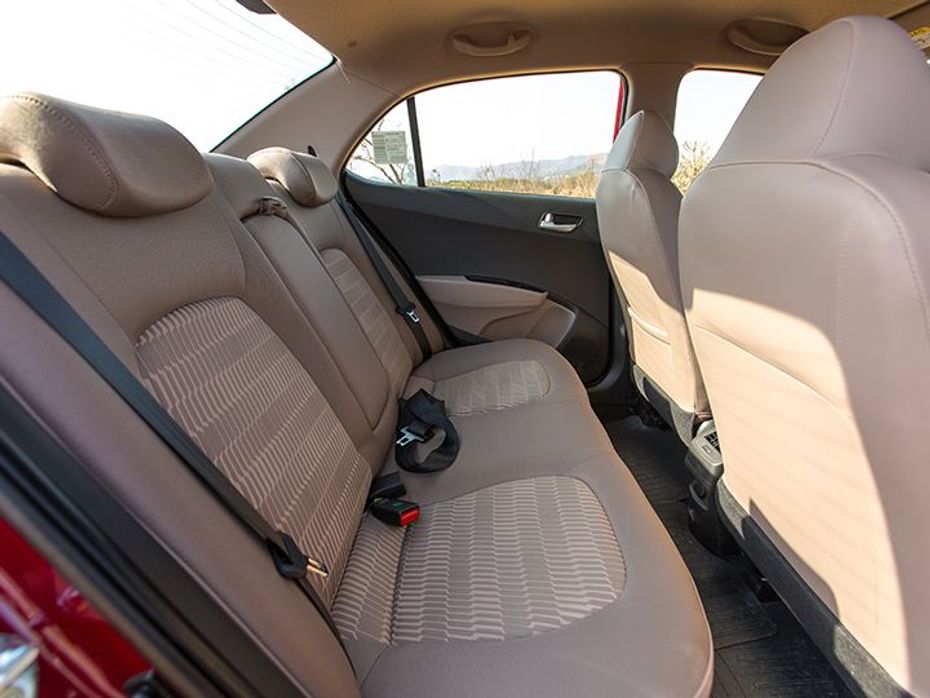
the automobile community
The air-conditioning is stellar, and setting it on its lowest will give you the chills in no time. I managed to fog up the windows on the outside on a hot and humid evening in Mumbai - it's that effective! The rear half is cooled quickly too, thanks to the rear AC vents. In case you plan on being chauffeur-driven, the Xcent does make a strong case for itself. The recline angle is comfortable, there's just enough legroom for a six-footer like me to sit behind my own driving position and there's a central armrest as well. Three abreast at the rear shouldn't be a big problem but be prepared to rub shoulders with your fellow passengers - quite literally. So, nothing new there.
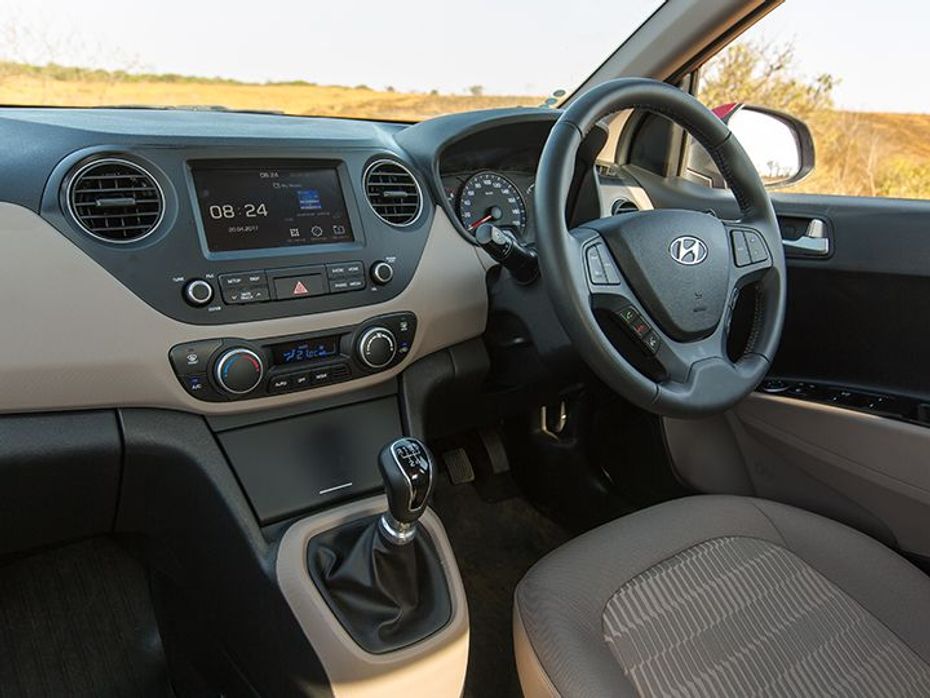
The design, features and the fit and finish aren't new either - which is a good thing. It carries over the feel-good features that include keyless entry and go, a chilled glovebox, and electrically folding mirrors. The Xcent was already among the best in class in terms of build quality and that hasn't changed. Yes, there's some hard plastic to be found on the floor console and around the handbrake area - but that isn't likely to be a big deal breaker. What might just be, is the new face.
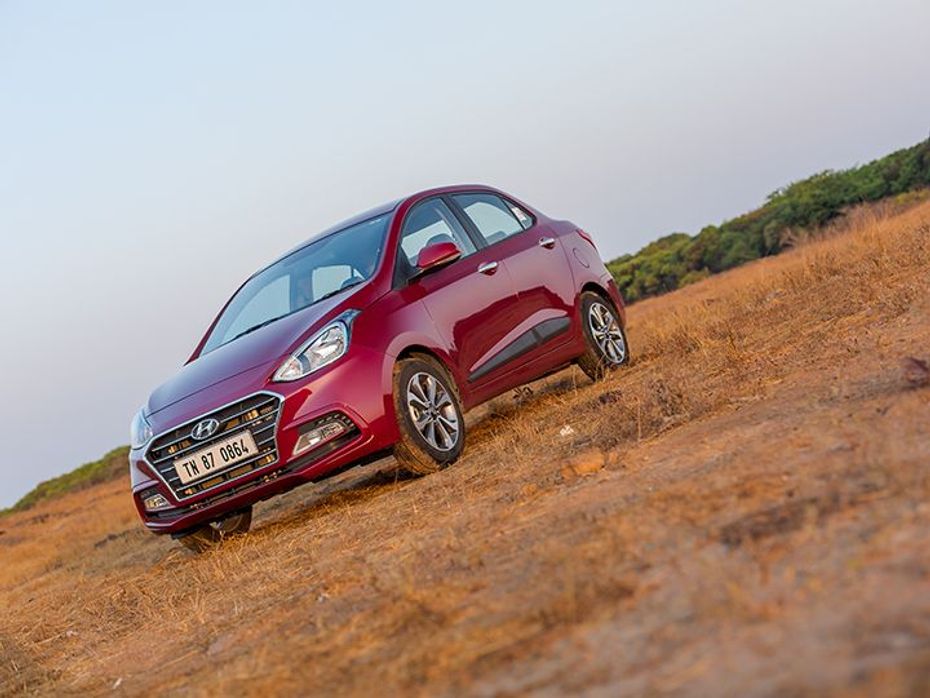
Let's just say the Xcent facelift looks much nicer in person than in pictures. The smallest Hyundai sedan wants to be an Elantra when it grows up, and it wants to look the part by sporting the bigger chrome-dipped grille. Personally, I prefer the older setup with a slender grille joining the two headlamps. There's a new bumper as well that now features daytime running lamps placed right above the foglamps. Although not the best looking, the design does grow on you over time. Also, if you thought changes to the front are drastic, wait till you see the rear.
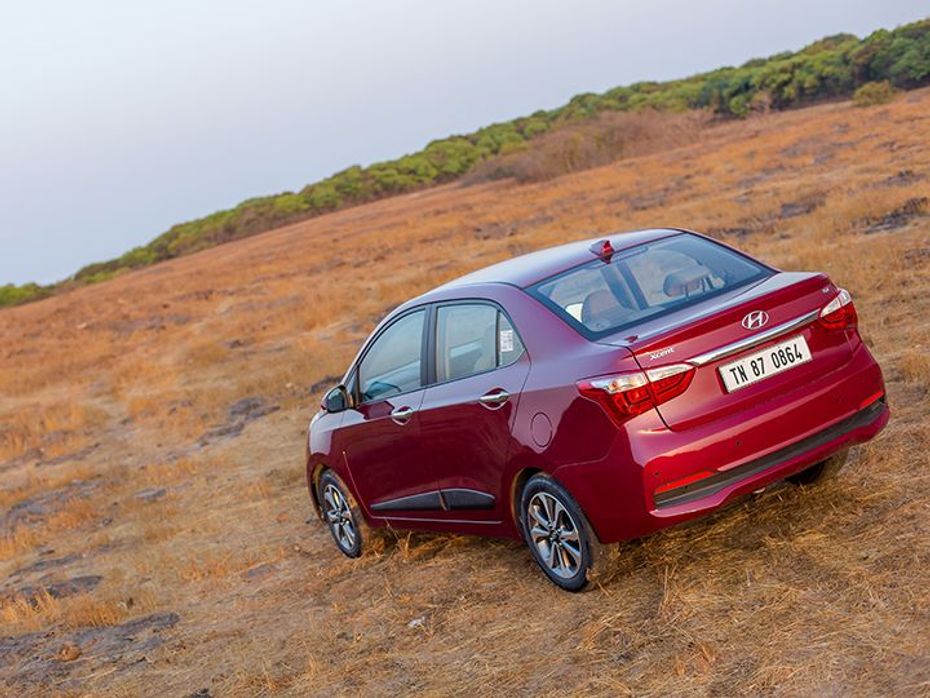
The cutesy derriere of the Xcent has been given the boot (pun intended) for a design that's in-line with the upcoming (all-new) Verna. The rear bumper gets a matte-black insert running across the length that does well to break the bulk of colour. The bigger wraparound taillamps add a sense of width when you view the Xcent from the rear. Other changes to the exterior come in the form of a shark fin antenna, and a tiny 1.2D badge on the front right fender.
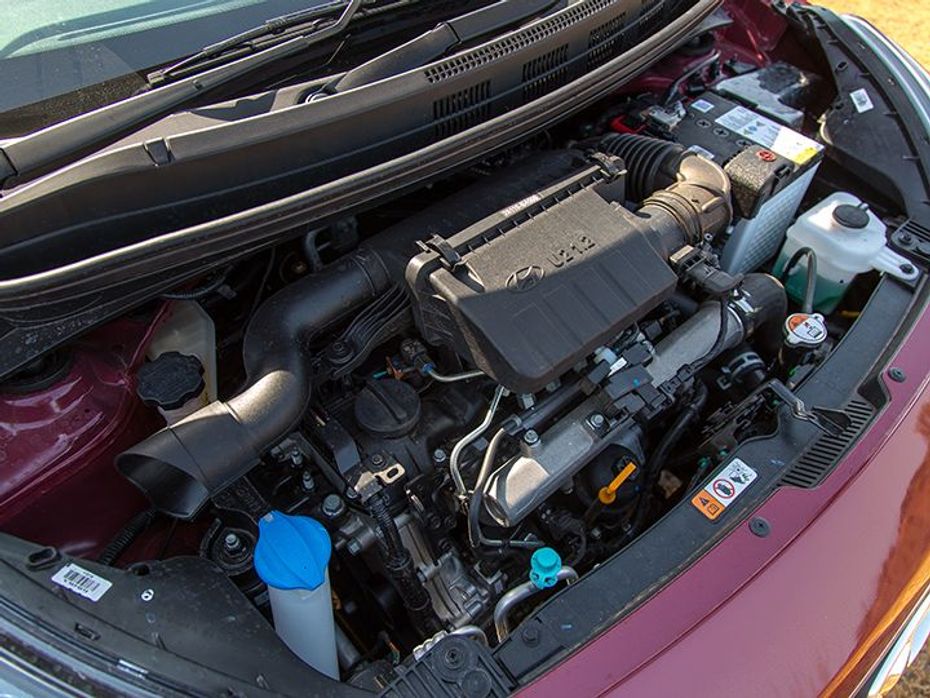
Oh yes! Just like the Grand i10, the Xcent too sports the bigger 1.2-litre diesel engine. The three-cylinder unit develops 75PS of power (up by 3PS) and 190Nm of torque (up by 10Nm), and comes paired with a 5-speed manual gearbox. There’s no diesel-automatic combo on offer like the Swift DZire or the Tata Zest, but with the market slowly moving back towards petrol-powered cars, we don’t think this omission is going to haunt Hyundai India anyway.
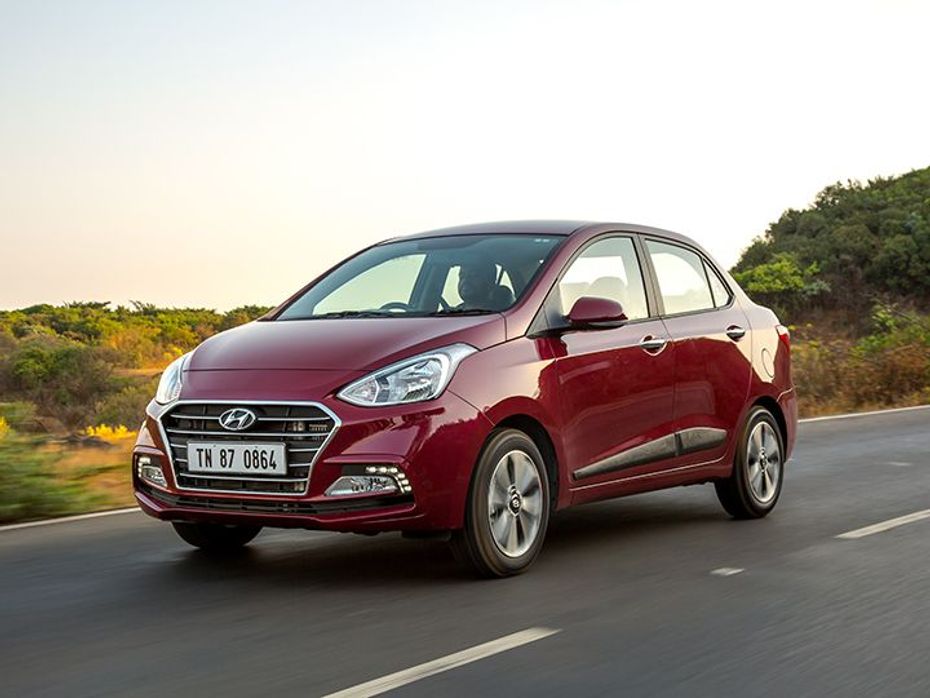
Now, let’s answer a basic question - what’s better compared to the old 1.1-litre diesel engine? The answer to that, quite simply is noise and vibration levels. Make no mistake, the Xcent still shudders on startup and shuts down like any other three-cylinder diesel would. But, on the move, the engine does seem quite well mannered. The clutch is light, and bites in quickly. Pair that with the light power steering and you have a sedan that you can use in stop and go traffic without a hiccup. In some seriously annoying jams on the Eastern Express Highway in Mumbai, I found myself tapping away to music and not tired out by the constant shift. On a related note, there’s no dead pedal and the footwell itself is slightly narrow for my big size 11 feet.
On paper, the torque figure is on par with its rivals. What’s interesting is the way the shove translates to on-road performance. Unlike the 1.5-litre diesel engines in the Ameo and the Aspire that have a sharp spike in power post 2000rpm, the Xcent’s motor delivers the grunt in a more linear and orderly fashion. There's a bit of turbo lag under 2000rpm and when you do feel the turbo kick in, it isn’t as dramatic as its competition. The torque spread is pretty good low down the rev range too - I managed to skittle over Mumbai speed breakers in second gear at single digit speeds. Impressive!
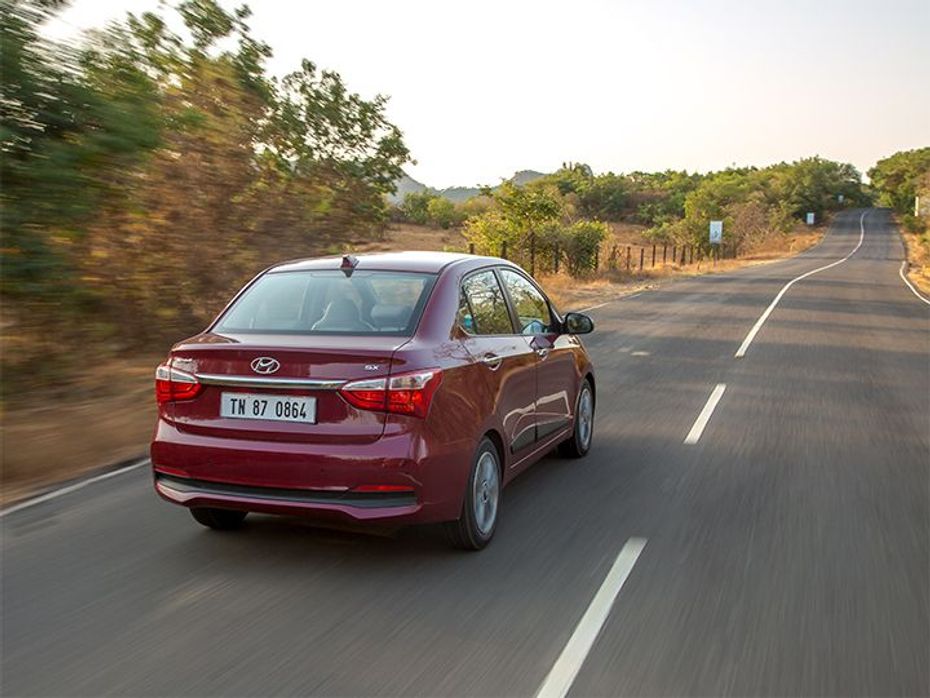
Soon enough as the highway cleared up I had the space to let the engine loose. Oddly, I didn’t feel like it. Drive the Xcent - even for a relatively short while - and you’d know the engine is happier cruising comfortably and not making a dash to the redline in each gear. The 0-100kmph dash is dealt with in a leisurely 16.20 seconds — that's nearly three seconds off the Grand i10's time. In-gear acceleration is slower compared to the hatchback as well. 30-80kmph in third gear came up in 9.82 seconds, whereas 40-100kmph in fourth took 15.14 seconds.
If you do push it, the cabin remains steady and masks speed quite well. The steering feels heavier compared to Hyundais of yesteryears, and the float from the suspension is well controlled too. Yes, there’s a bit of vertical bobbing once you go past 120kmph, but it doesn’t make the car feel nervous or jittery. The Xcent can munch miles for hours together if need be, and sip carefully while at it. On test, it returned an impressive 23.87kmpl - that's 1.68kmpl more compared to the Grand i10 hatchback. Efficiency inside the city stood at a respectable 19.04kmpl.
Cornering has never been a Hyundai forte, and not much has changed with the Xcent facelift. But, it’s unlikely anyone will go corner carving with the sub 4-metre sedan, so it does seem logical that Hyundai has chosen to focus on ride quality instead. Within the city, the Xcent dismisses potholes with a muted thud. You will have to slow down for bigger patches of broken roads, though - the sedan feels bouncy if you aren’t prudent with the throttle.

Braking duties are handled by disc brakes up front and drum brakes at the rear. The top-spec SX (O) variant you see in the pictures get dual airbags and anti-lock brakes in terms of safety tech. What’s surprising, is that Hyundai has opted to delete ABS from the base-spec and mid-spec variants, and make dual airbags standard instead. This move seems to be motivated by the new vehicle safety norms that are around the corner. Nonetheless, the omission of ABS does seem surprising.

All said and done, the updates do make the Xcent better as a package. On the whole, it does seem better equipped to take on the competition. More importantly, the facelift comes just in time as Tata is dialling up the heat in the form of the Tigor and Maruti Suzuki has the all-new DZire on the horizon. With prices starting at Rs 5.38 lakh for the base-spec petrol and going all the way up to Rs 8.42 lakh for the top-spec diesel, the little sedan from Hyundai does seem like a no-nonsense choice if you need nothing more than a comfortable sedan for commuting within the city.
Hyundai Xcent Video Review
See what our community has to say! NEW
India's largest automotive community







